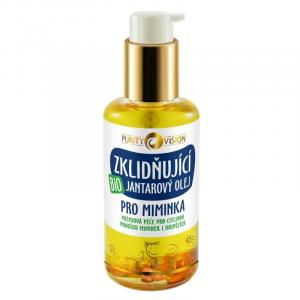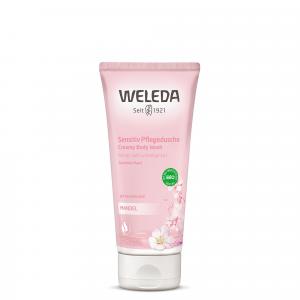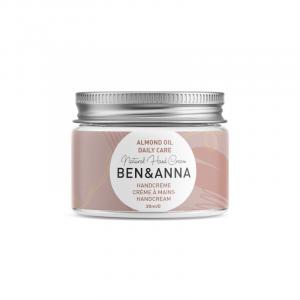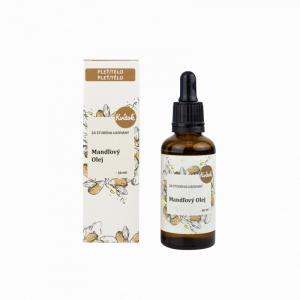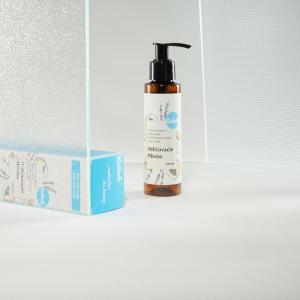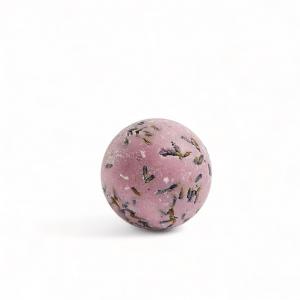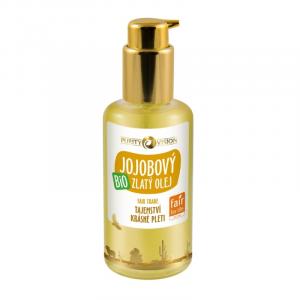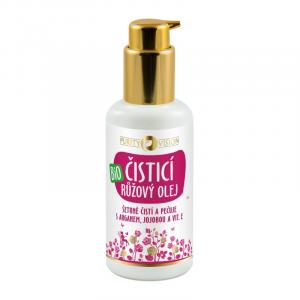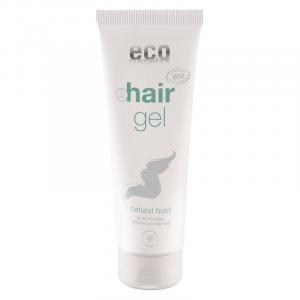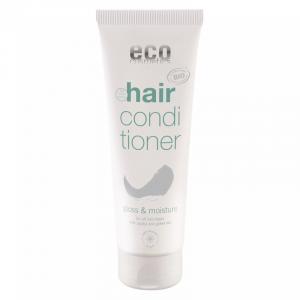
Amber is an amazing mineral with a rich history. What about its effects?
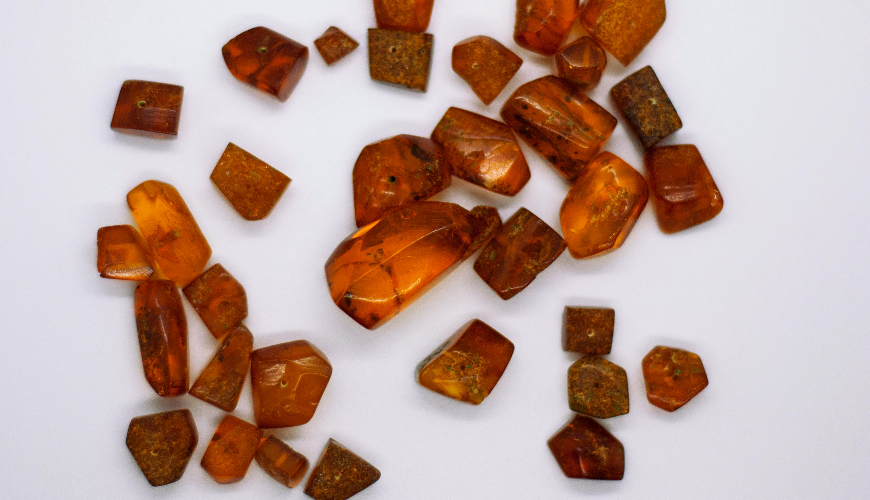
Amber, also known as "gold of the north," is fossilized resin from ancient trees. This natural material is not only beautiful and valued for its aesthetic appeal, but it is also attributed with healing properties almost worldwide. However, it should be noted at the outset that science generally regards the healing effects of minerals with skepticism.
Composition of Amber
Amber is composed of various organic compounds, primarily carbon, hydrogen, and oxygen. One of the key components is succinic acid, which is present in higher concentrations in the Baltic variant of amber. The alleged beneficial effects are often attributed to the content of succinic acid. Physically, amber is light, soft, and easily workable, making it an ideal material for the production of jewelry and decorations. Its warm golden tones and natural luster contribute to its aesthetic value.
Try our natural products
Historical Use of Amber
In ancient Egypt, amber was considered a sacred stone, often placed in the tombs of pharaohs as a protective amulet. The ancient Greeks and Romans used it as a remedy for various ailments and believed it had the ability to bring good fortune and ward off evil spirits. In traditional Chinese medicine, it was used as a sedative and a means to calm the mind. Along the Baltic shores, where amber is abundant, it was used to make ornaments, jewelry, and religious artifacts.
Amber trade routes, known as amber trails, connected various civilizations and facilitated trade with this valuable material across Europe and Asia. An important amber trail linking northern Europe, where amber was mined and found, with Mediterranean ports in the south, passed through the territory of today's Czech Republic. The use of amber has a long history in our territory and, although it does not come from the Czech lands, it is also a traditional element of Czech jewelry making.
Try our natural products
Effects of Amber on Health
Despite a long history of amber use in folk healing and numerous claims about its health benefits, it is important to approach these effects with a critical view. Scientific evidence supporting the healing properties of amber is still limited and often based on anecdotal evidence rather than rigorous research. While succinic acid, which is contained in amber, has some known anti-inflammatory effects, its actual effectiveness in wearing amber jewelry is not sufficiently supported by scientific studies.
Many people believe in the positive effects of amber on the immune system and pain relief, but these claims often lack a solid scientific foundation. For this reason, it is important for people to consider using amber as a supplementary, not primary form of treatment, and to consult any health issues with a qualified healthcare professional.
Wearing amber necklaces
Amber necklaces are popular for their aesthetic and alleged healing properties, but their safety is often debated. For adults, wearing amber jewelry is generally considered safe.
For children, especially infants, who wear amber necklaces to alleviate teething pain or to generally calm children, there are certain risks. The greatest danger is the possibility of choking or swallowing small beads if the necklace breaks.
Amber Oil for Babies as an Alternative to Beads
An interesting and caring alternative is amber oil for babies. It is typically a mixture of selected oils, including jojoba, almond, or sunflower oil, used for macerating healing herbs. The herbs are carefully chosen to provide a pleasant scent and soothing effects. Ideally, calendula, lavender, or chamomile are used. The mixture of oils and herbs from selected manufacturers is complemented in the bottle by beads of genuine amber.
You can also find amber oil for babies in our e-shop.
Amber and Science
For scientists, however, amber represents a valuable source of information, especially in the fields of paleontology and geology. This fossilized resinous material often contains preserved fossils of insects, plants, and other organisms that were trapped in the resin millions of years ago. These inclusions provide scientists with a unique view of ancient ecosystems and enable detailed study of evolution and biodiversity.
The analysis of amber and its content has revealed much information about ancient climates and environments, helping to understand how our planet has changed over geological periods. The scientific significance of amber thus goes beyond its aesthetic and provides valuable insights into the history of life on Earth.
